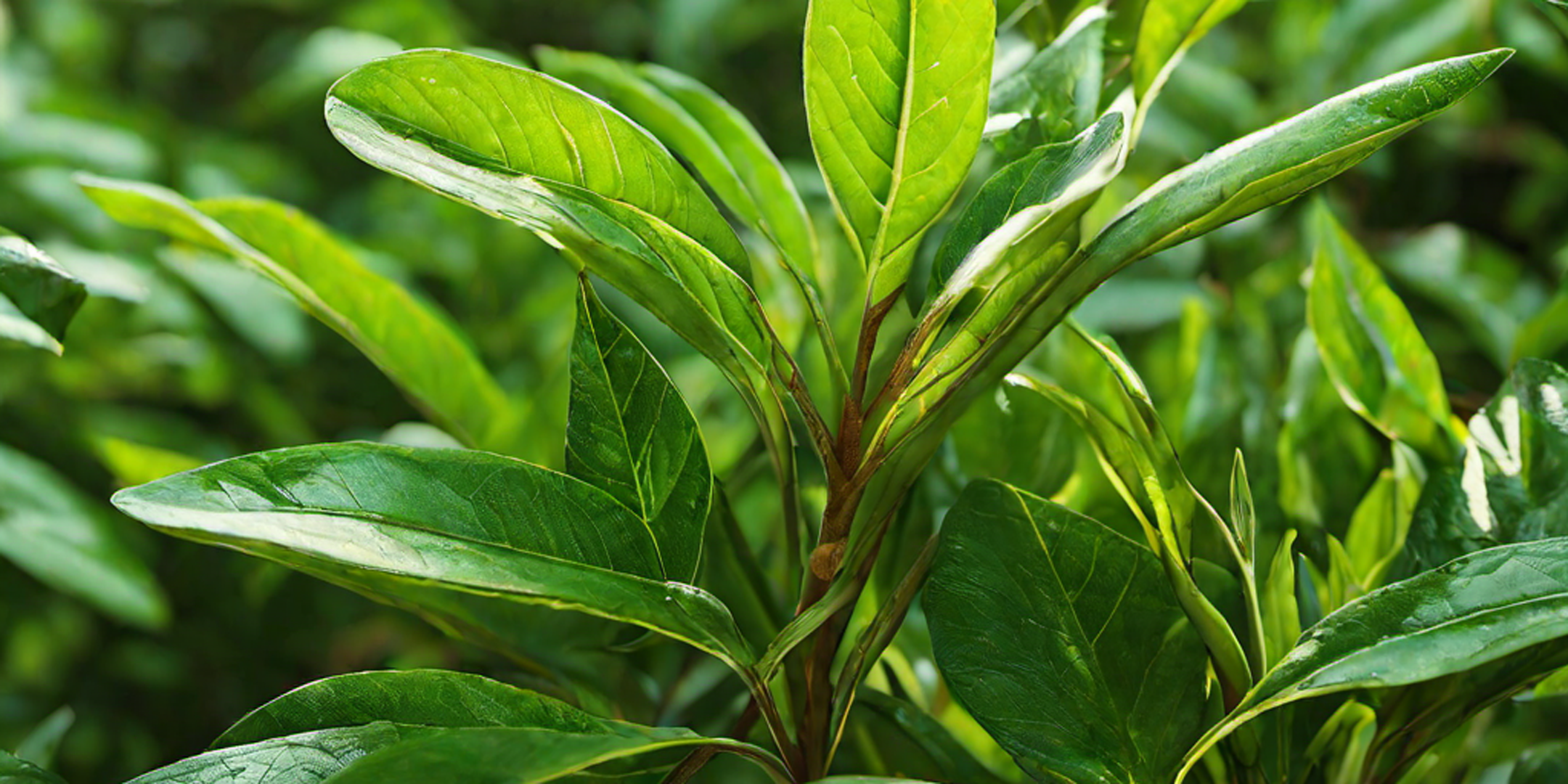In the world of tea, decaffeinated options have gained popularity for those seeking a soothing cuppa without the stimulating effects of caffeine. But what exactly is decaffeinated tea? Decaffeination is a process that removes most of the caffeine content from tea leaves, allowing tea lovers to indulge in their favorite beverage without the jitters. There are several methods used to decaffeinate tea, including the ethyl acetate method, carbon dioxide method, and water method. Each method has its own unique characteristics and impacts the flavor profile of the tea. Let's explore the different types of decaffeinated tea and the benefits they offer.
Decaffeinated tea comes in various forms, including black, green, white, and herbal blends. Each type of decaffeinated tea has its own distinct flavor profile and health benefits. Black decaffeinated tea, for example, offers a robust and full-bodied taste, while green decaffeinated tea boasts a delicate and vegetal flavor. White decaffeinated tea, on the other hand, is known for its subtle sweetness and floral notes. Herbal decaffeinated teas, such as chamomile or peppermint, provide a caffeine-free alternative with a range of aromatic flavors. No matter your preference, there is a decaffeinated tea that suits your taste buds.
Benefits of Drinking Decaffeinated Tea
Aside from the obvious benefit of reducing caffeine intake, decaffeinated tea offers numerous health advantages. First and foremost, it provides a soothing and calming effect, making it an ideal beverage for relaxation and stress relief. The absence of caffeine helps promote better sleep and reduces the risk of sleep disturbances. Additionally, decaffeinated tea is rich in antioxidants, which help protect the body against free radicals and support overall wellness. These antioxidants can contribute to a stronger immune system, improved heart health, and reduced inflammation. So, by swapping your regular cup of tea for a decaffeinated version, you can enjoy the taste and reap the health benefits simultaneously.
Different Types of Decaffeinated Tea
Decaffeinated tea comes in a variety of types, each offering its own unique flavor profile and characteristics. Let's take a closer look at the different types of decaffeinated tea and what makes them special.
- Black Decaffeinated Tea: Known for its bold and robust flavor, black decaffeinated tea undergoes a process that retains the tea's rich taste while eliminating most of the caffeine content. It pairs well with milk and sugar, making it a popular choice for breakfast or afternoon tea.
- Green Decaffeinated Tea: Green decaffeinated tea is celebrated for its delicate and vegetal taste. It is often enjoyed without any additions to fully appreciate its natural flavors. Green decaffeinated tea is also known for its high antioxidant content and potential weight management benefits.
- White Decaffeinated Tea: With its subtle sweetness and floral notes, white decaffeinated tea offers a light and refreshing experience. It is the least processed tea variety and is cherished for its delicate flavors and potential skin health benefits.
- Herbal Decaffeinated Tea: Herbal decaffeinated teas are a caffeine-free alternative that infuses various herbs, flowers, and fruits for a delightful and aromatic blend. Chamomile, lavender, and peppermint are just a few examples of herbal decaffeinated teas that provide relaxation and digestive aid.
How to Choose the Best Decaffeinated Tea
When it comes to selecting the best decaffeinated tea, there are a few key factors to consider. Here are some tips to help you choose the perfect blend for your taste buds.
- Quality of the Tea Leaves: Opt for decaffeinated tea made from high-quality tea leaves. Look for teas that are sourced from reputable suppliers and undergo rigorous quality control processes.
- Flavor Profile: Consider the flavor profile you prefer. Do you enjoy robust and bold flavors or delicate and floral notes? Read the descriptions of different decaffeinated teas to find the one that aligns with your taste preferences.
- Tea Bags vs. Loose Leaf: Decide whether you prefer the convenience of tea bags or the ritual of brewing loose leaf tea. Both options are available for decaffeinated teas, so choose the one that suits your lifestyle.
- Organic and Ethical Practices: If environmental and ethical concerns are important to you, look for decaffeinated teas that are produced using organic and fair-trade practices.
By considering these factors, you can ensure that you choose a decaffeinated tea that satisfies your taste buds and aligns with your values.
Brewing Methods for Decaffeinated Tea
Properly steeping decaffeinated tea is essential to unlock its full flavor potential. Here are a few brewing methods to help you brew the perfect cup of decaffeinated tea.
- Water Temperature: Different types of decaffeinated tea require different water temperatures. Generally, black decaffeinated tea should be steeped in water heated to around 200°F (93°C), while green and white decaffeinated teas are best brewed at lower temperatures, around 175°F (79°C). Herbal decaffeinated teas can be steeped in boiling water.
- Steeping Time: The duration of steeping directly affects the strength and flavor of your tea. Follow the recommended steeping time for your specific decaffeinated tea. Typically, black decaffeinated tea should be steeped for 3-5 minutes, while green and white decaffeinated teas require shorter steeping times of 2-3 minutes. Herbal decaffeinated teas can steep for 5-7 minutes or longer, depending on the desired intensity.
- Teapot or Infuser: Whether you choose to brew your decaffeinated tea in a teapot or use a tea infuser, make sure to give the leaves enough room to expand and infuse properly. This allows for an optimal extraction of flavors.
- Water Quality: The quality of the water you use can significantly impact the taste of your decaffeinated tea. For the purest flavor, skip tap water and choose filtered or spring water.
By following these brewing methods, you can create the perfect cup of decaffeinated tea that brings out the flavors and aromas to their fullest potential.
Factors That Affect the Taste of Decaffeinated Tea
The taste of decaffeinated tea can be influenced by several factors. Understanding these factors can help you achieve a more satisfying tea-drinking experience.
- Tea Quality: The quality of the tea leaves used for decaffeinated tea plays a crucial role in its taste. Higher-quality tea leaves often result in a more flavorful and enjoyable cup of tea.
- Decaffeination Method: Different decaffeination methods can impact the flavor of the tea. Some methods may alter the taste more than others. Experiment with different decaffeinated teas to find the ones that suit your palate.
- Storage Conditions: Proper storage is essential to maintain the freshness and taste of decaffeinated tea. Store your tea in an airtight container away from direct sunlight and strong odors.
- Water Quality: As mentioned earlier, the quality of the water you use can affect the taste of your decaffeinated tea. Avoid using water with strong odors or flavors, as it can mask the delicate flavors of the tea.
By paying attention to these factors, you can enhance your tea-drinking experience and enjoy the full range of flavors in your decaffeinated tea.
Storing and Preserving Decaffeinated Tea
To maintain the freshness and quality of your decaffeinated tea, proper storage is essential. Here are some tips to ensure your tea stays in optimal condition.
- Airtight Containers: Store your decaffeinated tea in airtight containers, such as glass jars or tins, to protect it from air and moisture which preserve the flavors and aromas.
- Avoid Light and Heat: Keep your tea away from direct sunlight and heat sources, as they can degrade the quality and taste of the tea. Keep in a cool and dark place for storage.
- Separate Flavors: If you have multiple types of decaffeinated tea, store them separately to prevent flavor cross-contamination. Each tea should retain its unique characteristics.
- Avoid Strong Odors: Tea leaves are highly absorbent, so keep them away from strong-smelling substances like spices or cleaning agents. This prevents the tea from taking on unwanted odors.
By following these storage guidelines, you can ensure that your decaffeinated tea stays fresh and delicious for an extended period.
Conclusion
Brewing the perfect cup of decaffeinated tea is an art that requires attention to detail and a passion for the beverage. With the right selection of tea leaves, proper brewing methods, and an understanding of flavor profiles, you can create a delightful and soothing tea-drinking experience. Whether you prefer black, green, white, or herbal decaffeinated tea, there is a blend waiting to be discovered. So, take a moment to steep in tranquility and indulge in the world of decaffeinated tea. Let each sip transport you to a realm of relaxation, flavor, and wellness. Cheers to the perfect cup of decaffeinated tea!




